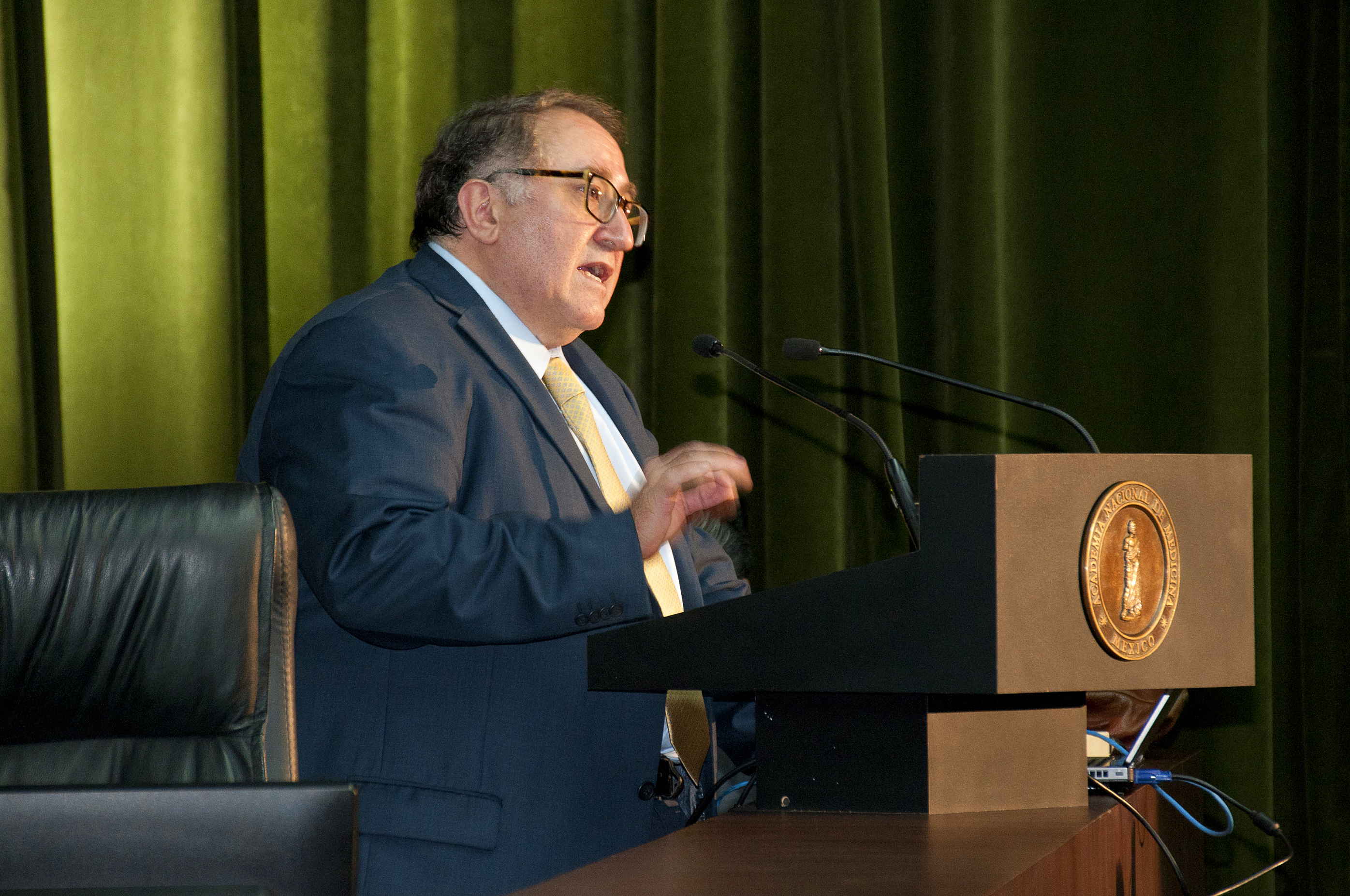
Double-balloon enteroscopy has been improving the visualization of the entire intestine for more than a decade. It is a complementary method in the study of intestinal diseases that enables biopsies to be taken and treatments to be administered. Our aim was to describe its main indications, insertion routes, diagnostic/therapeutic yield, and complications. All patients referred to our unit with suspected small bowel pathology were included. The insertion route (oral/anal) was determined through diagnostic suspicion. The variables measured were: insertion route, small bowel examination extent, endoscopic diagnosis/treatment, biopsy/histopathology report, complications, and surgical findings. The study included 28 double-balloon enteroscopies performed on 23 patients, of which 10 were women and 13 were men (mean age of 52.95 years). The oral approach was the most widely used (n=21), the main indication was overt small bowel bleeding (n=16), and the general diagnostic yield was 65.21%. The therapeutic intervention rate was 39.1% and the procedure was effective in all the cases. The most widely used treatment was argon plasma therapy (n=7). The complication rate was 8.6%; one patient presented with low blood pressure due to active bleeding and another had deep mucosal laceration caused by the argon plasma. Double-balloon enteroscopy is a safe and efficacious method for the study and management of small bowel diseases, with an elevated diagnostic and therapeutic yield. Copyright © 2017 Asociación Mexicana de Gastroenterología. Publicado por Masson Doyma México S.A. All rights reserved.









